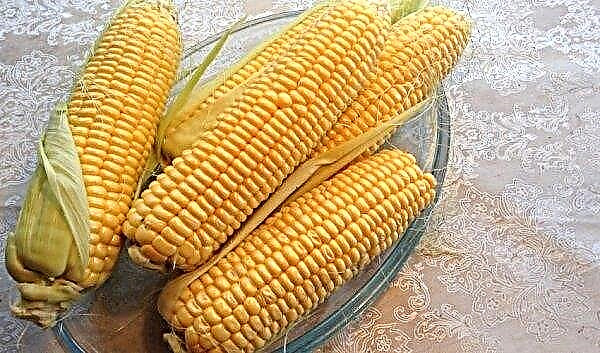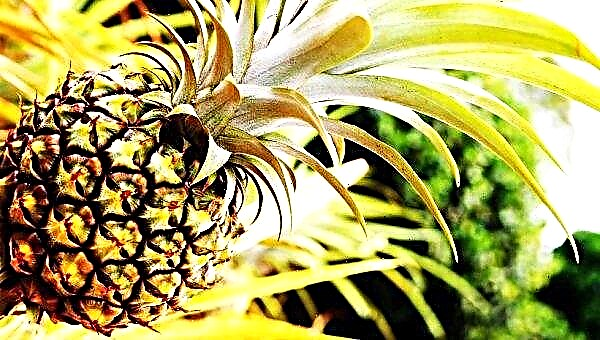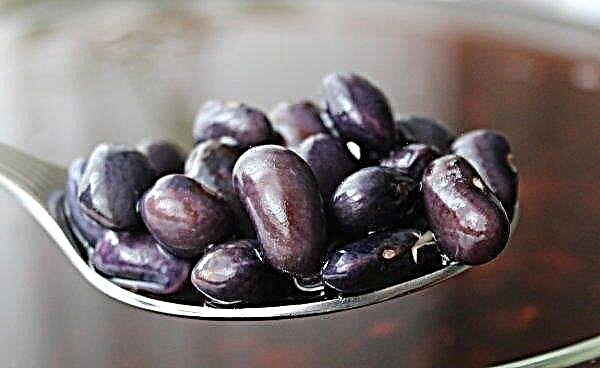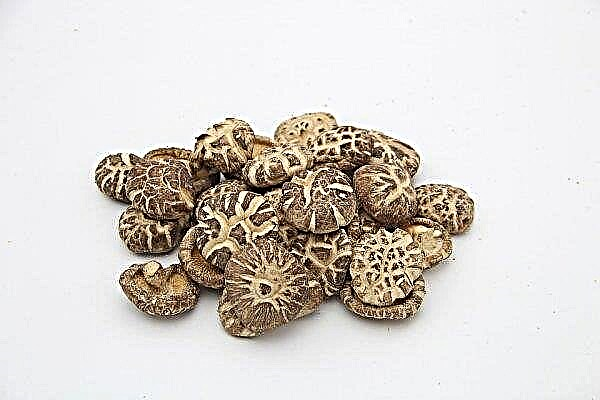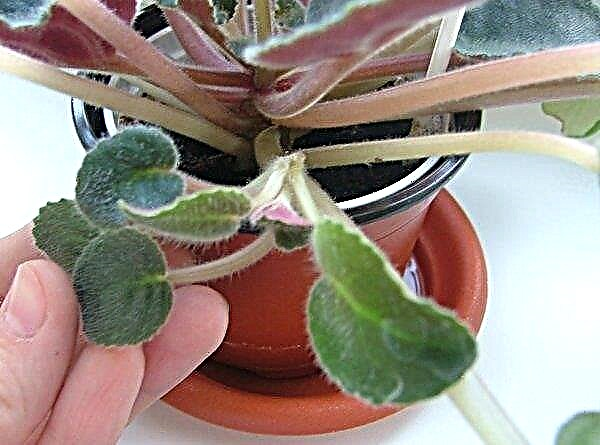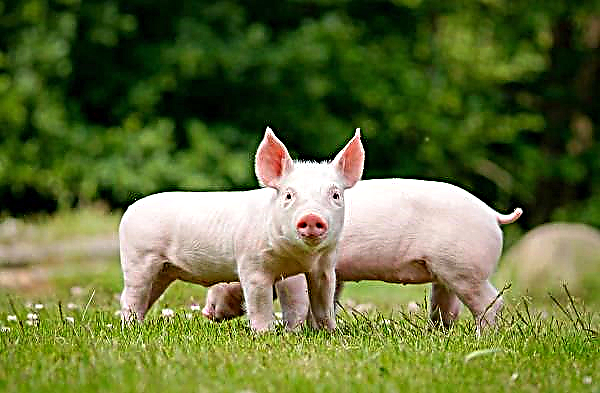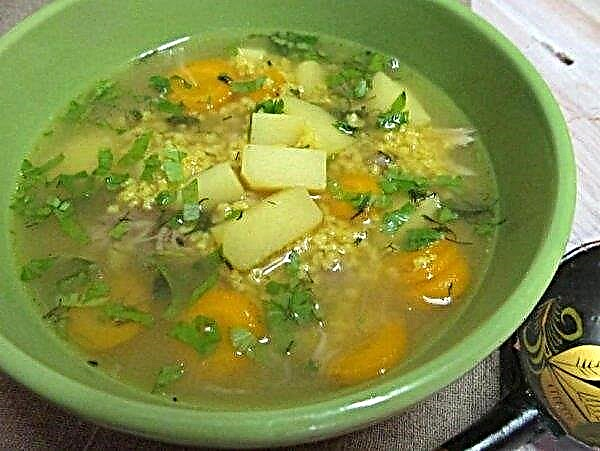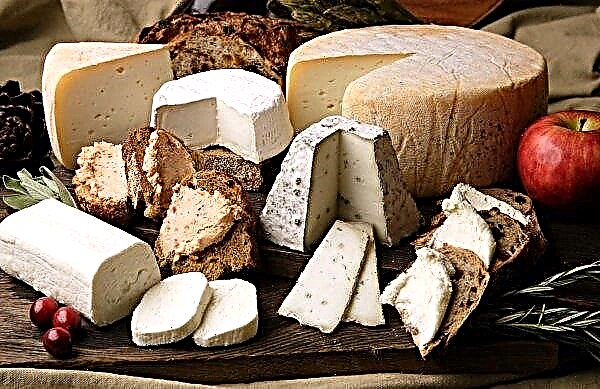Garlic is an important food product and medicinal plant that has been accompanying humans for many millennia, which is confirmed by the found images of this fruit on clay tablets of ancient Egypt.

Winter or spring
Amateur gardeners plant this greenery on their sites both in the winter and spring. Both of these methods have advantages and disadvantages. There is a difference between winter and spring garlic both in planting and in the properties of the resulting crop.
The advantages of spring planting include a longer shelf life of the crop at room temperature, about a year, while garlic planted in the fall does not deteriorate in the period of time on average up to 3 months. In addition, spring plantings show abundant seedlings and less susceptibility to various infections and pests.
The cons of spring plants are considered to be neutral taste and lower productivity in comparison with winter.

Selection and preparation of the landing area
It is advisable to choose a landing place in a high place in order to avoid moisture stagnation, and also it should not be too blown. Crop rotation is also important for garlic: after potatoes, onions, tomatoes, it will grow worse than after cucumbers, cabbage, zucchini or beans. This vegetable is also sensitive to the type of soil: it will like light loam, chernozem, sandy loam. On soils with high acidity, the plant will hurt.
A pair of heads of this vegetable was found in the tomb of the most famous pharaoh of Ancient Egypt - Tutankhamun. They have completely dried out, but are well recognized.
If in the fall fertilizers were not applied to the site intended for spring planting, this can be done in the spring, a couple of weeks before planting. As a top dressing, you can use humus and wood ash, or take ready-made phosphorus and potassium mixtures.
Preparing planting material
For planting, it is preferable to choose zoned varieties.
Seed material must be prepared: divide the head into slices, picking those that grow in the bulb closer to the edges, discard the teeth with damaged husks, spoilage, dryness, rot or disease, sort by size so that the yield on each bed ripens approximately the same same time.

To accelerate the growth and increase the yield of garlic, you can carry out the procedure of stratification of the material for planting. To do this, the selected cloves need to be wrapped in a damp cloth, put in a bag and placed in the refrigerator or in another dark, cold place for up to a week. During this time, it is necessary to ensure that the material does not dry out, and if necessary, moisten the fabric covering it.
Before planting, the slices are soaked in a weak solution of potassium permanganate for about half an hour for disinfection, and then soaked overnight in warm water, in which you can add a growth stimulator.
Landing technology

Planting vegetables in the spring is carried out when the air temperature does not drop below + 3 ° C, even at night. Too postpone the planting is also not worth it, otherwise the plant will not have time to form a full head, because in order for spring garlic to go through all stages of development and maturation, it will take 3-4 months.
In open ground, cloves are planted in well-spilled furrows several centimeters deep strictly vertically at a distance of 5 cm from each other. Planted wedges are sprinkled with earth, the procedure can be completed by mulching.
For many peoples, this fruit was considered a means not only of diseases, but also of all dishonesty, corruption and the evil eye. Garlic braided in braids was hung over the doorway - they thought that in this way you can protect your home from lightning.
Proper timely planting of garlic will allow you to count on getting a good harvest.

